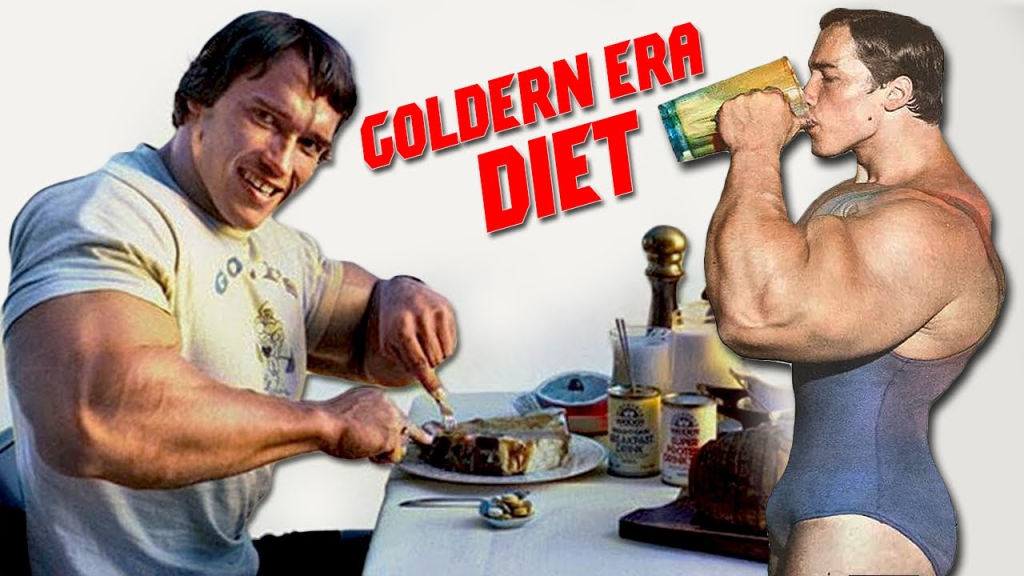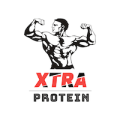
Arnold Schwarzenegger’s Golden Era Diet
Arnold Schwarzenegger’s Golden Era Diet
Arnold Schwarzenegger’s Golden Era Diet what fueled the Austrian oak’s success during the golden era of bodybuilding
Arnold Schwarzenegger’s Golden Era Diet Secrets during his Golden Era of Bodybuilding: in recent years, Arnold Schwarzenegger has emerged as an advocate for plant-based nutrition. However, it’s a lesser-known fact that his diet during the golden era of bodybuilding was predominantly carnivorous.
Schwarzenegger’s dietary and training plans remain as influential today as in the 1970s when he gained fame. From the outset of his bodybuilding journey, he meticulously managed his nutrition and training, emphasizing the importance of an ideal diet even in the 1960s, despite less focus on today’s precision in competition preparation.
While we can’t precisely replicate Schwarzenegger’s high-protein mass gain meal plan, which he recommended for bulking, we can delve into the types of foods prevalent during that time and what Arnold typically consumed. We aim to uncover the secrets behind his consecutive MR Universe victories and the legendary physique that defines him.
Fueling muscle growth: the calorie surplus
during periods of muscle gain, Schwarzenegger’s diet required a calorie surplus to recover from intense workouts and support muscle development. A calorie surplus implies consuming more calories daily than expended, resulting in weight gain. He consumed multiple meals daily, each carefully balanced with carbohydrates, protein, and fats, essential for fueling long training sessions, which could extend for hours.
Evolution of diet
in the documentary “Arnold,” it’s clear that he wasn’t the leanest bodybuilder in the 1960s, and photographic evidence from that era shows that he wasn’t as shredded as his early Mr Universe competitors. He maintained a higher body fat percentage during those times.
Fellow bodybuilders like Frank Zane mentioned Schwarzenegger’s condition in 1968: “he wasn’t in shape because it was all about being big and size with him.” this suggests that his diet back then prioritized energy intake over meticulous calorie and macro counting, a practice more prevalent among contemporary bodybuilders.
Only in the 1970s, after visiting Gold’s gym, Schwarzenegger began to take his diet more seriously, reducing calorie and carbohydrate intake.
Many bodybuilders had day jobs, training around their work hours during this era. They often consumed between 3,000-5,000 calories daily to meet their high-calorie targets without breaking the bank. Affordability was vital when selecting food sources. Chicken, potatoes, and rice were common choices, unlike the grass-fed beef and kombucha associated with today’s health-conscious diets.
Protein:
Protein was fundamental in Arnold Schwarzenegger’s diet during the Golden Era. He adhered to a simple principle: consuming one gram of protein per pound of body weight. Considering he weighed 250 pounds then, this translated to a substantial daily protein intake. Schwarzenegger explained, “Everything I ate as a competitor was geared first and foremost to how much protein it had. My diet was based less on hunger and more on ensuring I met my daily protein requirements.”
Key protein sources:
Meat: while high in fat, beef was a frequent inclusion in bodybuilders’ diets. Cooked minced beef with 20% fat contains approximately 23 grams of protein per 100 grams.
Poultry: chicken, known for its leanness, was a staple during muscle-building phases. Cooked chicken breast contains roughly 32 grams of protein per 100 grams.
Fish: tins of tuna served as an easy and cost-effective protein source. Tinned tuna boasts 27 grams of protein per 100 grams.
Eggs: Some bodybuilders consumed as many as ten eggs in a single sitting. A large egg contains approximately 8 grams of protein per 100 grams.
Dairy: in the early days, Schwarzenegger consumed copious amounts of milk and cottage cheese. Cottage cheese offers 10 grams of protein per 100 grams.
Carbohydrate sources:
According to Muscular Development, bodybuilders of that era maintained a “low carb, though not ketogenic” diet during contest preparation. However, Schwarzenegger likely included moderate amounts of complex carbohydrates during bulking phases in his diet.
Examples include:
Bread: whole-grain options were chosen due to their slow-release energy.
Pasta: high-calorie bulking carbohydrates, especially when combined with cheese.
Cereals: Cereals with milk provide quick-releasing energy for workouts.
Rice: a staple in any bodybuilder’s meal plan, with brown rice offering additional fibre.
Potatoes: baked potatoes were an affordable, high-carb meal for bulking.
Vegetables and fruit: vegetables such as broccoli and cabbage played a significant role, filling them up and providing micronutrients.
Fat sources:
While Schwarzenegger was not overly obsessed with fat consumption, he wasn’t one to exclude egg yolks from his diet. He derived most of his dietary fat from meat and dairy sources in addition to:
Nuts: Snacking on peanuts and cashews was a common practice.
Avocados: A valuable source of unsaturated fats to enhance his diet.
The Arnold Schwarzenegger’s diet:
Arnold Schwarzenegger’s Golden Era Diet may seem basic, but it effectively delivered the desired results. Flashy diets with intricate protocols don’t suit everyone in the long term. However, consistency in a diet characterized by a slight calorie surplus, predominantly whole foods, and high protein is bound to yield remarkable results for muscle gain. Arnold’s diet from the golden era checks all the boxes in this regard, making it a timeless guide for building muscle.
Please Note:
This Arnold Schwarzenegger’s Golden Era Diet article was written based on research from another article & Arnold’s documentary & interviews.
